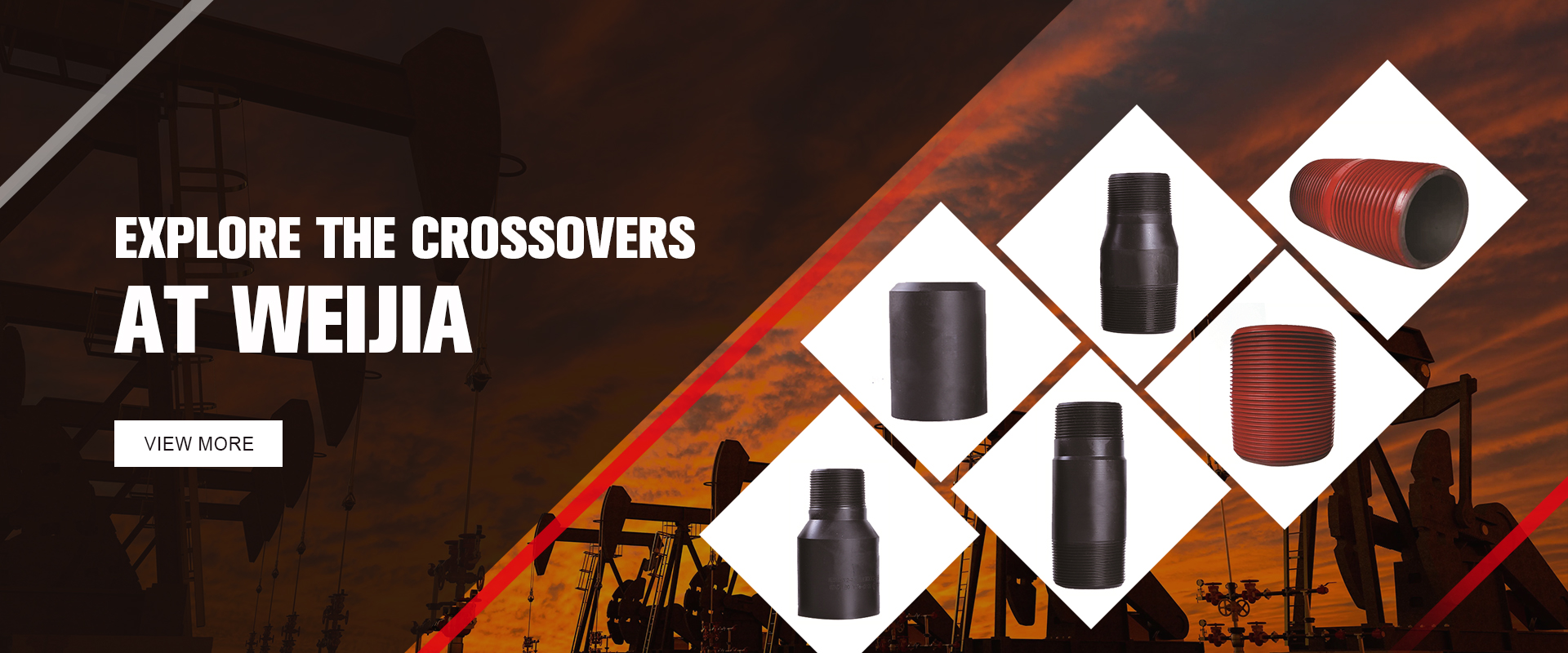- Afrikaans
- Albanian
- Amharic
- Arabic
- Armenian
- Azerbaijani
- Basque
- Belarusian
- Bengali
- Bosnian
- Bulgarian
- Catalan
- Cebuano
- Corsican
- Croatian
- Czech
- Danish
- Dutch
- English
- Esperanto
- Estonian
- Finnish
- French
- Frisian
- Galician
- Georgian
- German
- Greek
- Gujarati
- Haitian Creole
- hausa
- hawaiian
- Hebrew
- Hindi
- Miao
- Hungarian
- Icelandic
- igbo
- Indonesian
- irish
- Italian
- Japanese
- Javanese
- Kannada
- kazakh
- Khmer
- Rwandese
- Korean
- Kurdish
- Kyrgyz
- Lao
- Latin
- Latvian
- Lithuanian
- Luxembourgish
- Macedonian
- Malgashi
- Malay
- Malayalam
- Maltese
- Maori
- Marathi
- Mongolian
- Myanmar
- Nepali
- Norwegian
- Norwegian
- Occitan
- Pashto
- Persian
- Polish
- Portuguese
- Punjabi
- Romanian
- Russian
- Samoan
- Scottish Gaelic
- Serbian
- Sesotho
- Shona
- Sindhi
- Sinhala
- Slovak
- Slovenian
- Somali
- Spanish
- Sundanese
- Swahili
- Swedish
- Tagalog
- Tajik
- Tamil
- Tatar
- Telugu
- Thai
- Turkish
- Turkmen
- Ukrainian
- Urdu
- Uighur
- Uzbek
- Vietnamese
- Welsh
- Bantu
- Yiddish
- Yoruba
- Zulu
petroleum tubing coupling
Understanding Petroleum Tubing Couplings Essential Components of Oil and Gas Operations
In the oil and gas industry, efficiency and reliability are paramount. One critical component that often gets overlooked is the tubing coupling. These couplings serve as vital connectors between segments of tubing used in drilling and production operations. This article delves into the significance of petroleum tubing couplings, their types, installation, and maintenance, as well as their impact on overall operational efficiency.
What Are Petroleum Tubing Couplings?
Petroleum tubing couplings are specialized fittings designed to connect sections of tubing in oil and gas wells. They play a crucial role in the structural integrity of the drilling assembly and help maintain the flow of hydrocarbons from the reservoir to the surface. These couplings are built to withstand the extreme pressures and corrosive conditions typical in petroleum extraction processes.
Types of Tubing Couplings
Couplings come in various designs and materials, each suited for specific applications and conditions
1. Butt Couplings These are the most common type, featuring a straight design that connects two tubing sections end-to-end. They provide a simple and efficient connection that maximizes the internal diameter for fluid flow.
2. Box and Pin Couplings This type involves a male (pin) end and a female (box) end, allowing for a more secure connection. These couplings are often used in high-pressure applications.
3. Threaded Couplings Utilized for their ease of installation, threaded couplings feature screw threads that allow sections to be twisted together tightly. They are favored for installations requiring frequent disassembly.
4. Welded Couplings In some instances, couplings can be welded directly to the tubing. This creates a permanent connection, ideal for situations where disassembly is not likely to be necessary.
The selection of the appropriate coupling depends on various factors, including the type of production, pressure, temperature, and the specific characteristics of the reservoir.
Installation of Tubing Couplings
petroleum tubing coupling

The proper installation of tubing couplings is crucial to ensure their effectiveness and longevity. Here are key steps in the installation process
1. Preparation Before installation, inspect all tubing and couplings for damage or corrosion. Ensure that all components are clean and free from debris.
2. Alignment Properly align the tubing sections to avoid stress and misalignment during connection. Misalignment can lead to premature failure of the coupling.
3. Connection Depending on the type of coupling being used, follow the specific guidelines for connection. For threaded couplings, apply the proper torque specifications while ensuring that the threads are lubricated to prevent galling.
4. Testing Once installed, conduct pressure tests to check for leaks or weaknesses in the connection. This step is critical, especially in high-pressure environments.
Maintenance and Inspection
Regular maintenance and inspection of tubing couplings are crucial for sustained performance during oil and gas operations. Operators should adhere to the following practices
- Routine Inspections Conduct visual inspections of all couplings and tubing connections to identify signs of wear, corrosion, or leaks.
- Pressure Monitoring Regularly monitor pressure levels within the tubing to detect any drops that could indicate leaks associated with coupling failures.
- Replacement of Damaged Components If any couplings show signs of damage or wear, they should be replaced immediately to prevent operational interruptions.
Conclusion
In the highly competitive oil and gas sector, every component must work efficiently and effectively, and petroleum tubing couplings are no exception. Understanding their role and ensuring they are properly selected, installed, and maintained can greatly influence the success of drilling and production operations. As the industry continues to evolve and push the boundaries of extraction technologies, innovations in tubing coupling designs and materials will play a crucial role in enhancing reliability and performance, ultimately contributing to more efficient and sustainable practices in petroleum engineering.
-
Tubing Pup Joints: Essential Components for Oil and Gas OperationsNewsJul.10,2025
-
Pup Joints: Essential Components for Reliable Drilling OperationsNewsJul.10,2025
-
Pipe Couplings: Connecting Your World EfficientlyNewsJul.10,2025
-
Mastering Oilfield Operations with Quality Tubing and CasingNewsJul.10,2025
-
High-Quality Casing Couplings for Every NeedNewsJul.10,2025
-
Boost Your Drilling Efficiency with Premium Crossover Tools & Seating NipplesNewsJul.10,2025







